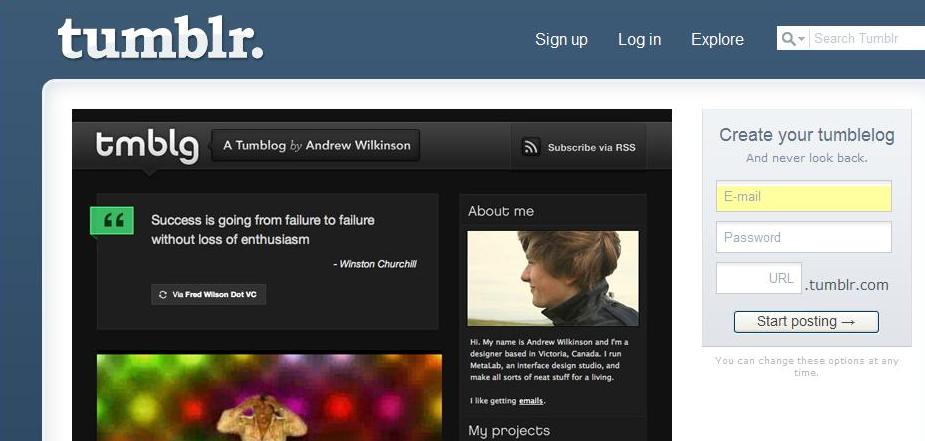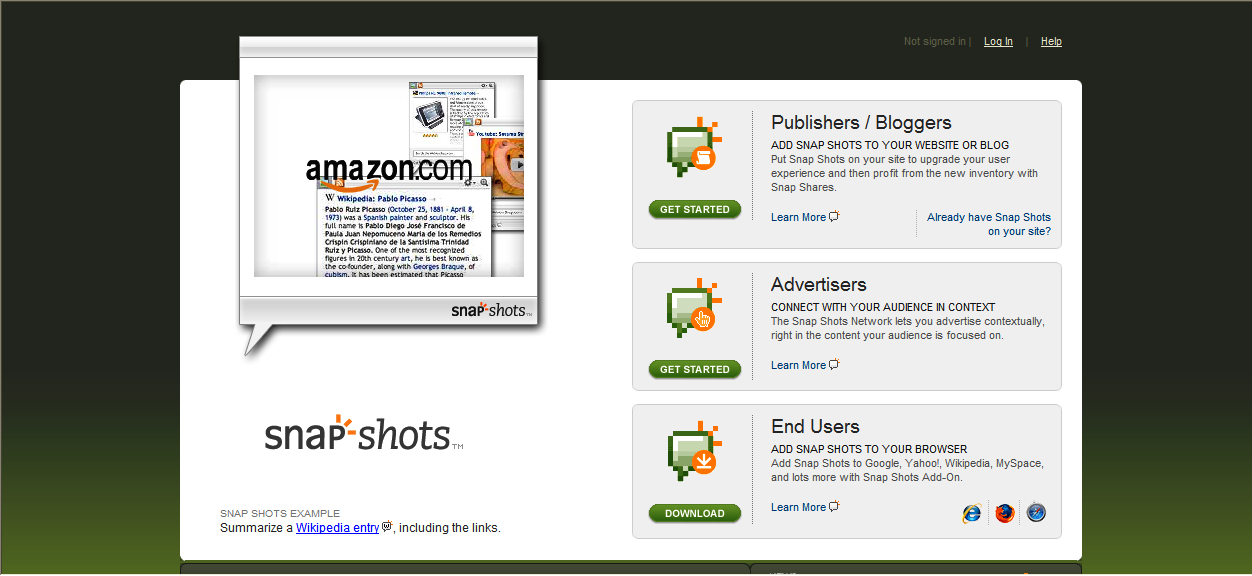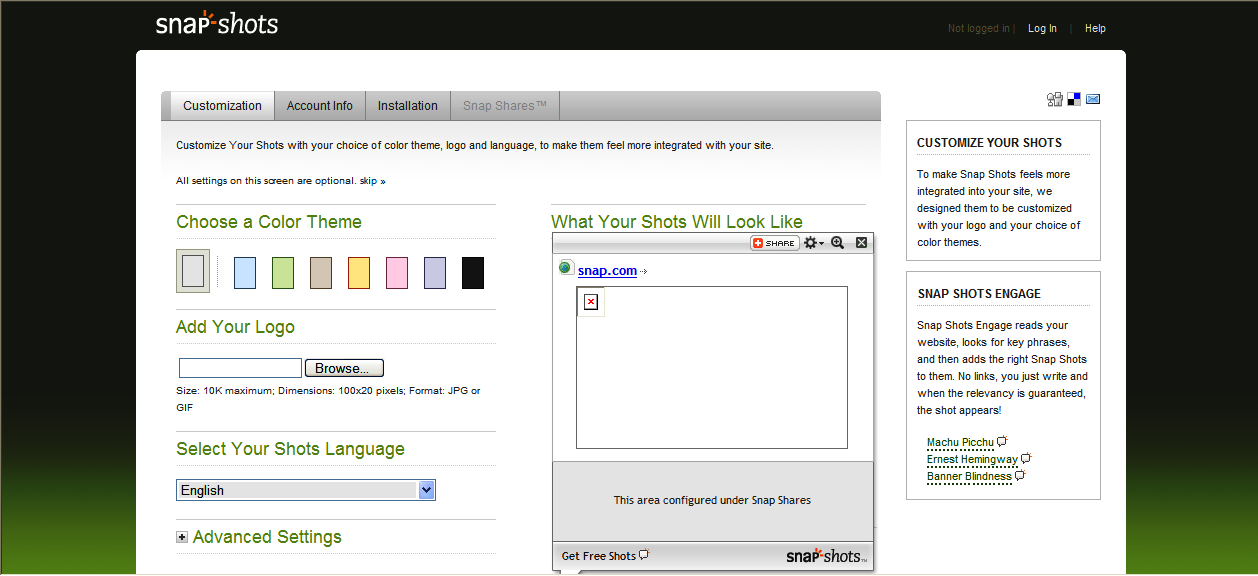Apologies for not publishing this post earlier. Last school holidays, Tom March was a keynote speaker at the ACEC 2010 conference. His presentation was terrific and the notes worthy of sharing (even if somewhat tardy!)
It’s broke, so fix it: remaking education for our digital era.
From a kid’s perspective, let’s get this stuff working.
Links can be found at http://tommarch.com
Strategies mentioned are all based on research. As educators today, we face some problems such as:
- Technology: in the beginning, the internet was old ideas in a new platform.
- Concepts now for personal learning.
- Technology is being used everywhere, except for school.
- There is so much control of student use of computers. However, filtering is a non issue as kids have unfiltered access outside of school.
- Culture: now rich and personalised resources.
- Shouldn’t be mass produced factory type of learning.
- Schools in Georgia have 21 streams K-2.
- Challenges? National Curriculum.
- OECDs new millenium learner.
- Schools should be where people are there because they want to be.
- What institution exists where everyone who is there wants to be there? Where no one gets paid, mistakes are fixed by the community. It is Wikipedia.
- Educators are too cautious.
- There is a culture of distrust. Both of the user and the audience.
- We need to be aware of mass production vs crowd sourced.
- Motivation is currently negatively influenced by goals, evaluations and surveillance.
- Intrinsic motivation is needed for superior conceptual understanding, further study likely, positive feelings.
- If wikipedia can go from 0 to 3000000 in 10 years, why don’t schools learn from this?
- Focus: need to focus due to everything being available.
- Internet: Amusing? Intriguing? Building Knowledge?! Innovating solutions!
- Are we always chasing the new? We should be transforming education.
- Problem solving, creating, challenge based learning, authentic task.
- In an age of unparalleled access to information, what do we do to help our children learn? They need
- Autonomy
- Competance
- Relatedness = motivation
- Schools often undermine this.
- Schools don’t really offer choice for students to follow what they are interested in.
- If students are able to follow what they are interested in, then there is increased retention, higher order thinking skills, future interest, better mental health.
- Critical thinking, habits of mind.
- Self designed projects. Joy of learning.
- Students need jobs (as per Alan November) add manage RSS feeds, etc.
- We need to be knowledge building, innovative, learning pathways.
- Danish pupils use web in exams (year 12) create and problem solve.
Is our solution something like wikipedia (everyone contributes) or ipad (already made by someone else)?
- Choice
- Effort
- Quality
- Attitude
- Labour of
- Love
We need to give responsibility and joy for learning back in student hands.
- Authentic choices allow autonomy.
- Effort and self esteem, competancy based. Real learning.
- Connectedness and audience means quality.
- Attitude, learner control, valuable.
- Labour of love. They do it and do it well because they love it.
- Happiness. Self assessment guide via a rubric.
- Responsibility for self management.
There are some ideas worth pursuing here and Daniel Pink’s new book Drive may help explain why student motivation is so important to their success.




